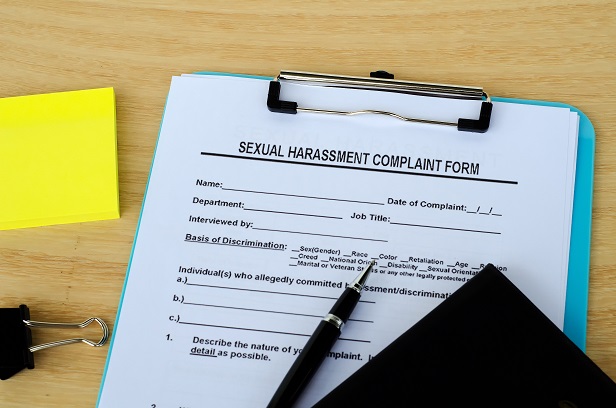On May 6, the Department of Education announced new Title IX regulations with the intent of securing due process rights for both those reporting and those accused of sexual misconduct. There was a two-year public comment period prior to the regulations being released. Here is a summary of the rules with which institutions receiving federal funds must comply by August 14, 2020:

- Allow cross-examination of both the complaining and responding parties as well as any witnesses as part of a live hearing led by institution officials.
- Institutions are only obligated to respond to reports occurring off-campus if the reported incident occurred in a location in use by a recognized student or institution organization, such as a fraternity or sorority house.
- Institutions will be able to determine whether to use a “preponderance of the evidence” or “clear and convincing” standard as a burden of proof and must use the same standard for all complaints, no matter if they involve student or faculty misconduct.
- Stalking, domestic violence and dating violence are now officially considered examples of sexual harassment under Title IX.
- The definition of sexual harassment is more narrow than previous guidance. It is defined as “any unwelcome conduct that a reasonable person would find so severe, pervasive and objectively offensive that it denies a person equal educational access.”
- Colleges are not obligated to handle complaints of incidents that occur outside the United States; however, institutions may choose to do so.
- If a Title IX coordinator receives multiple informal complaints of harassment against a single respondent, he or she is not required to begin a formal complaint process.
- The regulations require three separate college officials work through separate pieces of a single Title IX complaint process: a Title IX coordinator, who receives the report; an investigator to gather facts and interview parties, and a decision maker to determine sanctions and remedies for the involved parties.
- Colleges must train all personnel involved in the Title IX process and publish training materials on their websites.
- Title IX processes may be conducted virtually, and staff must be trained on relevant technology to conduct remote investigations and hearings. Live hearings will be recorded, by transcript or audio-visually which will be made available to parties and maintained in college records for at least seven years.
- Colleges must provide evidence related to allegations to parties at least 10 days prior to requiring a response and parties will not be prohibited from speaking about the allegations.
- Colleges are not obligated to follow a specific time frame for responding to reports of sexual misconduct. They are instead required to have “reasonably prompt” periods for carrying out each step in the Title IX complaint process.
Some institutions have expressed concerns over the timeframe for implementation, particularly given that so many campuses have been closed due to the pandemic and are experiencing budget shortfalls. Peter Lake, director of the Stetson University Center for Excellence in Higher Education Law and Policy, said it is unlikely colleges will even have the capacity to implement new policies within the given time frame, and some might wait for the outcomes of legal challenges to the rule changes.
Bottom line is that colleges and universities have a whole new set of regulations that will be impacting their Title IX requirements regarding sexual assault and harassment allegations while reporting of instances continues to climb. According to a 2019 campus climate survey from the Association of American Universities (AAU), instances of sexual misconduct are up in all segments of the student population. 181,752 students completed the survey in order to provide the latest data for the aggregate report. AAU President Mary Sue Coleman indicates that “the results provide cause for both hope and continued concern. They reveal that, while students know more about university-sponsored resources for victims of sexual assault and misconduct, they still aren’t using these resources often enough. The results also show that rates of sexual assault and misconduct, measured by self-reports from students, have increased slightly since 2015, and that some groups of students – including women, non-cisgender students, and others – continue to be victimized at disproportionately high rates.”
References:
https://www.aau.edu/newsroom/press-releases/aau-releases-2019-survey-sexual-assault-and-misconduct





